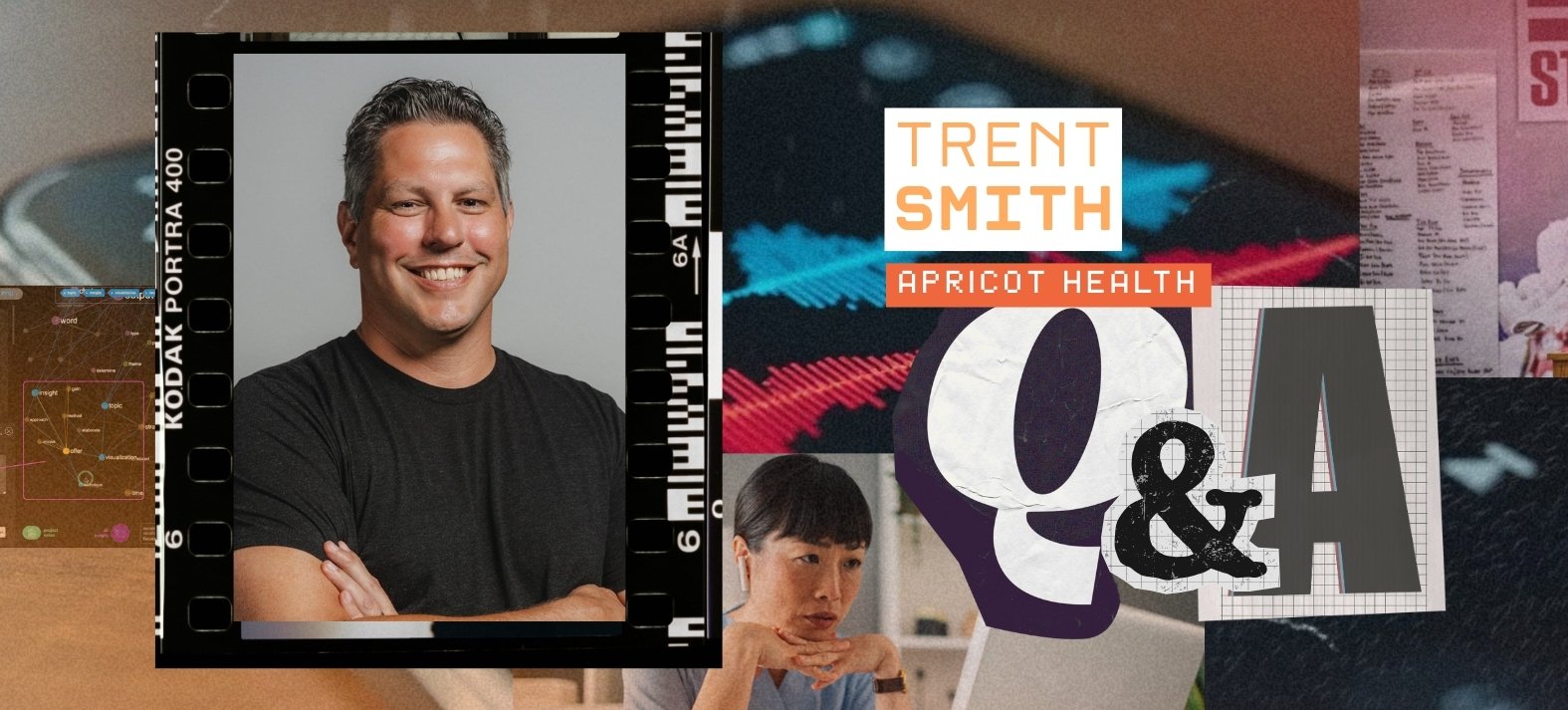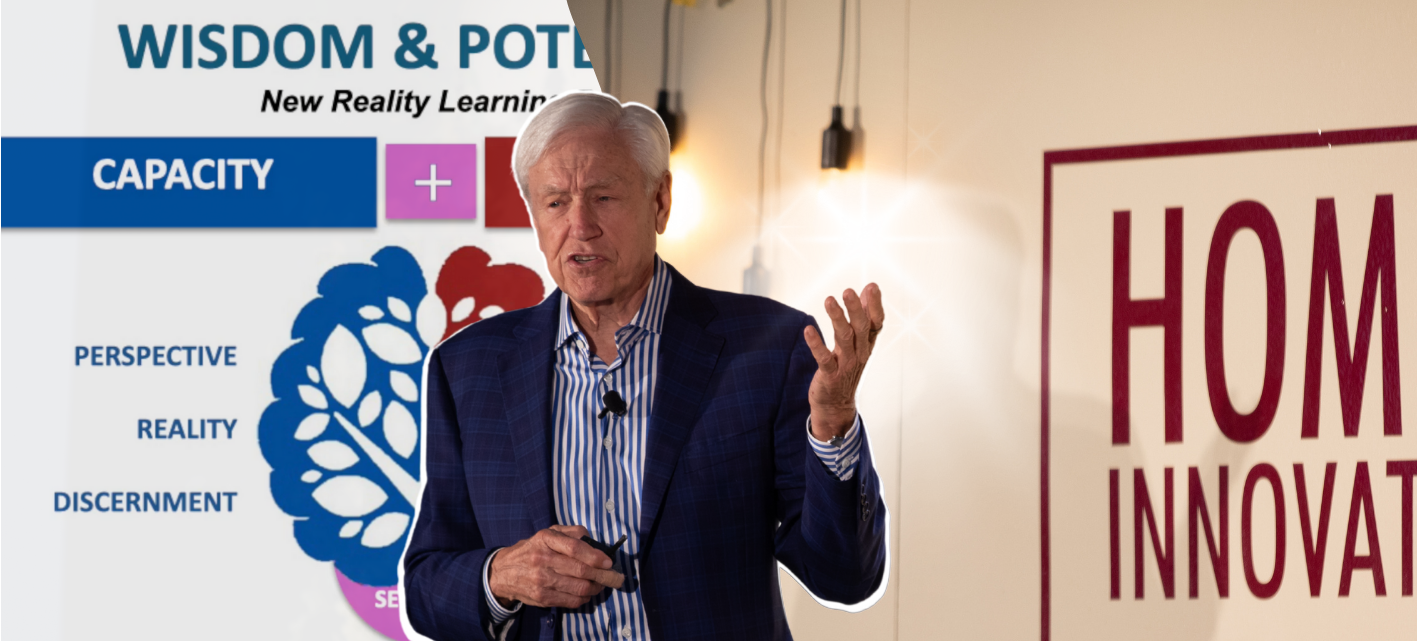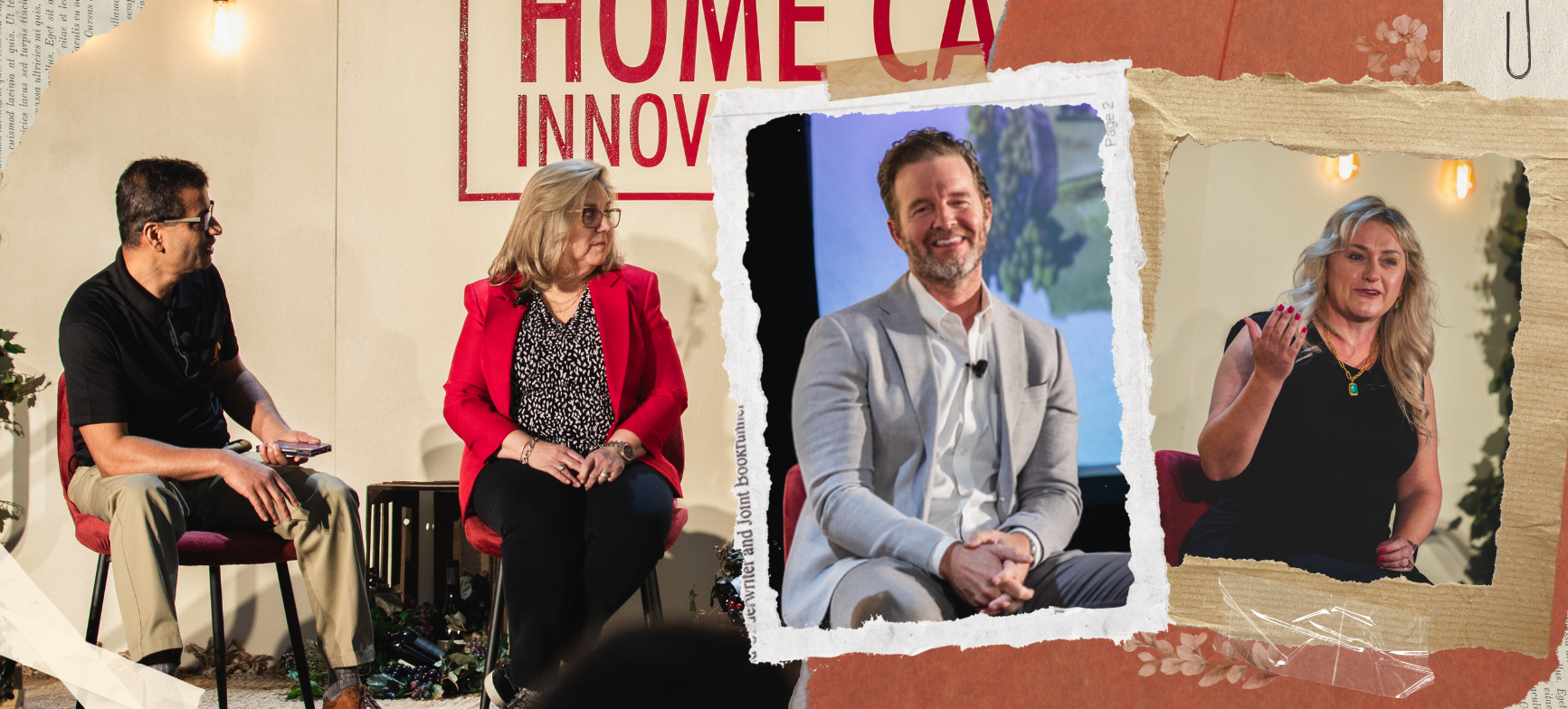When Kris Engskov made the unlikely leap from helping build Starbucks into a "caffeine juggernaut" to running a large assisted living company, he thought he understood healthcare. Then COVID hit, and he got a front-row seat to what he calls the most shocking reality in senior care: thousands of seniors with dementia end up in emergency rooms every single day simply because we can't manage their symptoms at home.
Speaking at the recent Home Care Innovation Forum, the Co-Founder and CEO of Rippl painted a stark picture that should alarm every at-home care provider: seniors with dementia visit the ER three times more often than other seniors, often in the months leading up to and just after diagnosis—exactly when families are struggling to understand what's happening.
Beth's Story: A Cycle We Must Break
Engskov shared the story of Beth, an 82-year-old Seattle woman with mid-stage dementia whose husband called 911 when she became agitated one Tuesday night. Despite agitation being one of the most common dementia symptoms, no one had prepared him with coping strategies.
Eight hours in the ER, six days strapped to a gurney in the hospital, two weeks in a skilled nursing facility, and $32,000 later, Beth returned home "more medicated, more frail, more confused than when she left," Engskov said.
This cycle repeats itself constantly across America, and Engskov's diagnosis of the root cause was blunt: "There is nobody in America who knows anything about dementia, even though some of us think we do. We've never paid for it, never invested behind it."
The Numbers That Demand Action
The statistics Engskov presented should keep home care executives awake at night. At age 85, you have a one-in-three chance of having Alzheimer's alone, and that’s not including other dementias. With 75 million Baby Boomers approaching that age, the healthcare system is facing "the largest group of seniors in the history of time with this disease," he said.
The financial impact of this reality is staggering. Dementia is the most expensive end-of-life disease, costing $350 billion annually for 8 million Americans and projected to exceed $1 trillion as the population in need of this help grows.
An average Medicare patient costs $125,000 annually; dementia patients cost two to three times that, primarily due to hospitalizations.
The Solution: Specialized Care Models
Some good news: The University of California at San Francisco’s Memory and Aging Center has pioneered a collaborative care model that works.
By pairing geriatric nurse practitioners with licensed clinical social workers and care navigators, available 24/7, they've proven you can keep people out of long-term care longer, reduce ER visits, lower caregiver stress, and do it all at lower cost than traditional primary care models.
Even more remarkably, this care can be delivered entirely virtually, something Engskov said he initially doubted but now implements across seven states through Rippl.
Why Providers Must Act Now
Engskov's message to at-home care providers is urgent: this epidemic is already here, and caregiver expectations are rising. Families will expect specialty-oriented care from providers who truly understand dementia.
The window for therapeutic interventions is narrow—current drugs only help if caught early, offering little hope for baby boomers already affected. This means the burden falls on care providers to develop innovative models that can keep people at home.
"We have no choice but to keep people at home," Engskov said, noting that demand will outpace assisted living supply by a factor of 30. "You are in the right business, and we'd like to help you keep folks at home."
The tsunami has arrived. The question isn't whether dementia will transform your business; it's whether you'll be ready when it does.
Because it will.
Posted by
Join us!
The retreat for home health care and hospice leaders innovators.
May 17-19, 2026 | Palm Springs, CA




-2.png)


-2.png)


Comments